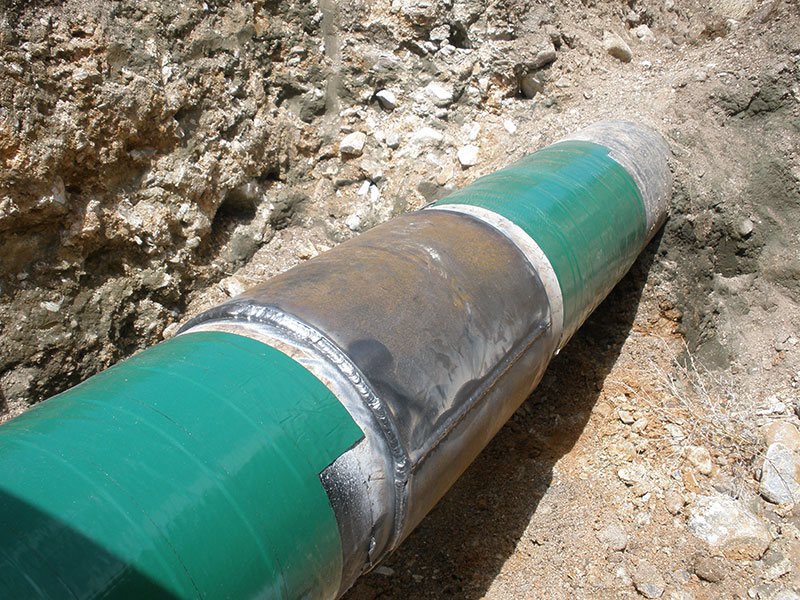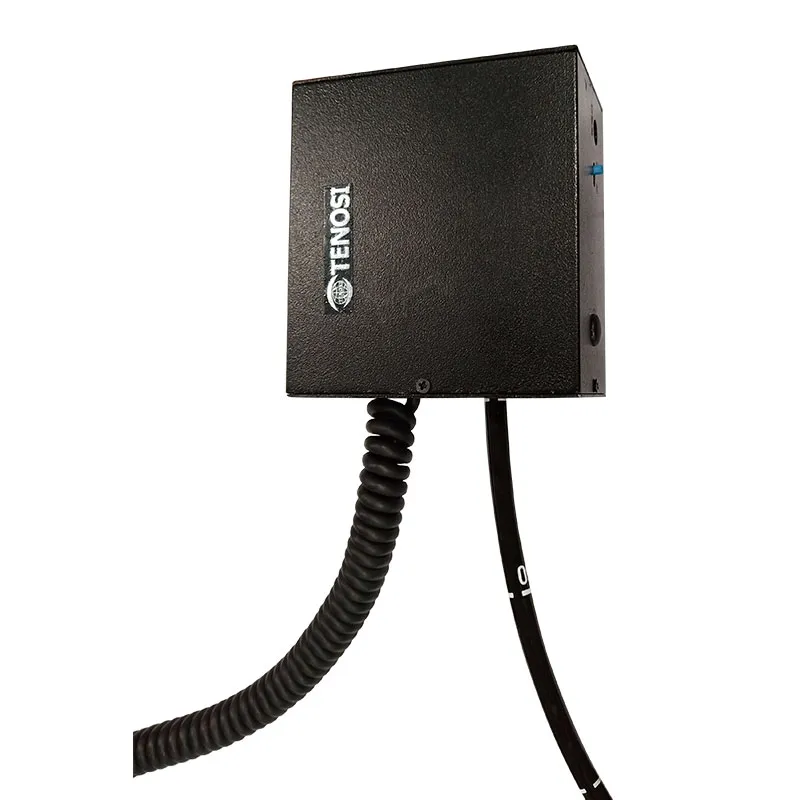Pipeline Welding Inspection: Specialist Solutions for High-Quality Welds
Comprehending the Basics of Pipe Welding Examination: Crucial Elements for Reviewing Weld High Quality and Fighting Failures
In the realm of pipe welding inspection, the stakes are undoubtedly high, demanding an extensive understanding of basic principles to ensure weld quality and mitigate failing risks. Numerous crucial factors come right into play, consisting of the choice of suitable materials, the application of sophisticated assessment techniques, and the recognition of prevalent welding problems.
Value of Weld High Quality
The integrity of a pipeline is fundamentally dependent on the quality of its welds, making weld high quality a crucial consider making sure efficient and safe operation. A pipeline weld acts as a junction factor where products are joined, and any type of deficiencies in this location can cause considerable structural weaknesses. Poor weld high quality can result in leaks, tears, and devastating failings, presenting significant safety and security hazards and ecological threats.
Numerous elements add to the top quality of a weld, consisting of the selection of welding process, the skills of the welder, and the problems under which the welding is done - Pipeline Welding Inspection. Insufficient preparation, inappropriate warmth input, and contamination can compromise weld stability, bring about concerns such as porosity, insufficient blend, or cracks. Therefore, rigorous quality assurance procedures must be applied throughout the welding process to minimize these threats
Additionally, the long-term performance of a pipe is heavily affected by the toughness of its welds. Top quality welds not only enhance the overall stamina of the pipe but also prolong its life span, minimizing the requirement for expensive repair work and downtime. Thus, guaranteeing superior weld high quality is extremely important in pipe layout and maintenance methods.
Key Evaluation Strategies
Making certain weld top quality necessitates the implementation of effective evaluation techniques to identify potential defects prior to they cause failures. Pipeline Welding Inspection. Amongst the most commonly utilized approaches are visual inspection, radiographic testing (RT), ultrasonic testing (UT), and magnetic bit screening (MT) Each strategy offers a distinctive purpose and is picked based upon the particular needs of the pipeline job
Aesthetic inspection is the initial line of protection, permitting inspectors to analyze surface area conditions, alignment, and general handiwork. It is a economical and quick approach that can expose apparent problems. Radiographic testing supplies a comprehensive sight of internal weld stability by using X-rays or gamma rays to identify subsurface defects. This strategy is specifically efficient for identifying gaps, splits, and incorporations.
Ultrasonic screening employs high-frequency audio waves to assess the thickness and honesty of welds, making it optimal for spotting interior interruptions. Magnetic bit screening is a reliable technique for identifying surface and near-surface flaws on ferromagnetic products by applying electromagnetic fields and great ferrous fragments. By using these key examination techniques, pipe welding inspectors can ensure the finest quality standards are maintained, eventually resulting in much safer and more reliable pipeline systems.
Typical Welding Issues
Among the most common defects are porosity, which happens when gas allures in the weld steel, developing gaps that weaken the joint. Another substantial concern is absence of combination, where the weld steel does not sufficiently bond with the base material, compromising the joint's stamina.

Splits are also a crucial problem, materializing in various types such as hot splits, chilly splits, and root fractures. Each type poses unique difficulties and needs certain assessment techniques for discovery. Undercut is another issue that can lower the weld's cross-sectional area, bring about tension concentration points, while slag addition happens when non-metallic product becomes caught in the weld pool, negatively influencing the mechanical properties of the weld.
Furthermore, inaccurate bead form can lead to irregular tension distribution. Recognizing these usual problems is essential for assessors and welders alike, as very early discovery and correction are essential to guaranteeing the durability and reliability of pipeline systems.

Materials and Their Influence
Picking the proper products for pipe welding substantially influences the total performance and reliability of the bonded joints. The choice of base metals, filler products, and coverings plays a crucial function in determining the strength, rust resistance, and resilience of the welds. For instance, carbon steel is commonly made use of for its balance of toughness and expense, yet it may be prone to rust in specific atmospheres, necessitating the use of corrosion-resistant alloys or protective coatings.
Furthermore, different steel welding requires mindful consideration of thermal expansion buildings and potential galvanic corrosion. The compatibility of materials can greatly affect the microstructure of the weld, leading to variations in mechanical residential or commercial properties. For instance, stainless steel provides outstanding deterioration resistance yet may require particular filler materials to guarantee a sound weld joint.
In enhancement, the impact of temperature level and ecological conditions on product option can not be Related Site taken too lightly. High-strength steels might lose ductility at elevated temperatures, while low-temperature applications might call for materials with improved toughness. Inevitably, understanding the effects of product choices is vital for achieving optimum weld quality and protecting against failings in pipeline systems.

Regulatory Requirements and Conformity
Regulative requirements and conformity play an essential role in pipeline welding, establishing the structure within which risk-free and efficient techniques are maintained. These standards are developed by various companies, including the American Culture of Mechanical Engineers (ASME), the American Welding Culture (AWS), and the Pipeline and Hazardous Materials Security Administration (PHMSA) Following these laws ensures that welding treatments fulfill the needed high quality and safety and security benchmarks.
Conformity with regulatory requirements is crucial not just for making sure the honesty of the welds however also for securing the environment and public security. Examiners are tasked with confirming that welding procedures follow these criteria via extensive assessments of both the processes and the final welds. This includes examining welder qualifications, welding procedures, and the products made use of.
Failure to abide by well established policies can bring about substantial consequences, including expensive repairs, legal obligations, and tragic failings. Therefore, companies must incorporate conformity right into their operational methods, fostering a society of safety and high quality. Regular training and audits are crucial elements in preserving adherence to these governing requirements, making sure that all employees are educated and outfitted to maintain the highest levels of pipe welding useful source quality.
Verdict
In conclusion, a detailed understanding of pipeline welding inspection is essential for guaranteeing weld high quality and stopping failings. By using vital examination techniques and recognizing typical welding problems, assessors can successfully examine the integrity of welds.
In the world of pipeline welding assessment, the risks are unquestionably high, demanding a detailed understanding of basic concepts to guarantee weld high quality and minimize failing threats (Pipeline Welding Inspection).The integrity of a pipeline is essentially dependent on the top quality of its welds, making weld high quality an important factor in making certain navigate to this website efficient and safe operation.Several elements contribute to the top quality of a weld, consisting of the choice of welding process, the skills of the welder, and the problems under which the welding is executed. Undercut is an additional issue that can lower the weld's cross-sectional area, leading to stress and anxiety concentration points, while slag incorporation occurs when non-metallic product ends up being caught in the weld pool, detrimentally impacting the mechanical residential properties of the weld
In final thought, a comprehensive understanding of pipeline welding assessment is vital for making sure weld top quality and avoiding failings.